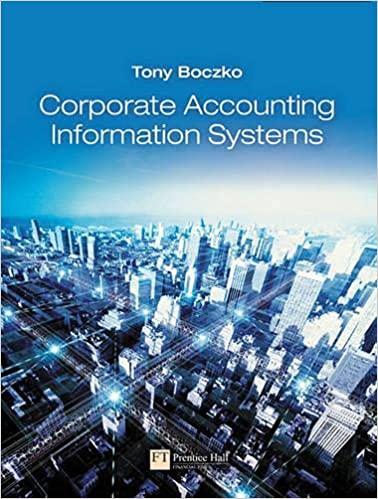

Suppose there are two consumers in the market: A and B. Suppose the demand function of consumer A is YA() 20 2p, p 10 and that of consumer B is 10-p, p 10 Because of legal reasons, the firm cannot charge the consumers different prices. But the firm can charge them a two-part tariff (E,p), where E is the entry fee and p is the per unit price. The monopolist's cost function is 1 c(y) = 5v2, y= y^+yB. y = (a) Write down the surplus of consumer A as a function of the per-unit price p assuming that there is no entry fee E yet. (b) Write down the surplus of consumer B as a function of the per-unit price p assuming that there is no entry fee E yet. Note that for any value of p, the surplus of consumer B is (weakly) lower than the surplus of consumer A. (c) What is the highest entry fee E that the firm can charge if it wants to attract both consumers. Write your answer as a function of p. (d) Assume that the firm wants to attract both consumers. Formulate the profit maximization problem for the firm where it optimizes over the per-unit price p. (e) Solve the problem above to find the optimal two-part tariff (E,p). What is the total profit of the firm? (f) Suppose the firm decides to only sell to consumer A. Formulate the profit maximization problem for the firm where it optimizes over the per-unit price p. (g) Solve the problem above to find the optimal two-part tariff (E,p). What is the total profit of the firm? (h) Which strategy is more profitable: selling to only consumer A or both consumers? In general, when there are multiple types of consumers, what factors matter in determining whether it's worth trying to sell to more types of consumers? Suppose there are two consumers in the market: A and B. Suppose the demand function of consumer A is YA() 20 2p, p 10 and that of consumer B is 10-p, p 10 Because of legal reasons, the firm cannot charge the consumers different prices. But the firm can charge them a two-part tariff (E,p), where E is the entry fee and p is the per unit price. The monopolist's cost function is 1 c(y) = 5v2, y= y^+yB. y = (a) Write down the surplus of consumer A as a function of the per-unit price p assuming that there is no entry fee E yet. (b) Write down the surplus of consumer B as a function of the per-unit price p assuming that there is no entry fee E yet. Note that for any value of p, the surplus of consumer B is (weakly) lower than the surplus of consumer A. (c) What is the highest entry fee E that the firm can charge if it wants to attract both consumers. Write your answer as a function of p. (d) Assume that the firm wants to attract both consumers. Formulate the profit maximization problem for the firm where it optimizes over the per-unit price p. (e) Solve the problem above to find the optimal two-part tariff (E,p). What is the total profit of the firm? (f) Suppose the firm decides to only sell to consumer A. Formulate the profit maximization problem for the firm where it optimizes over the per-unit price p. (g) Solve the problem above to find the optimal two-part tariff (E,p). What is the total profit of the firm? (h) Which strategy is more profitable: selling to only consumer A or both consumers? In general, when there are multiple types of consumers, what factors matter in determining whether it's worth trying to sell to more types of consumers








